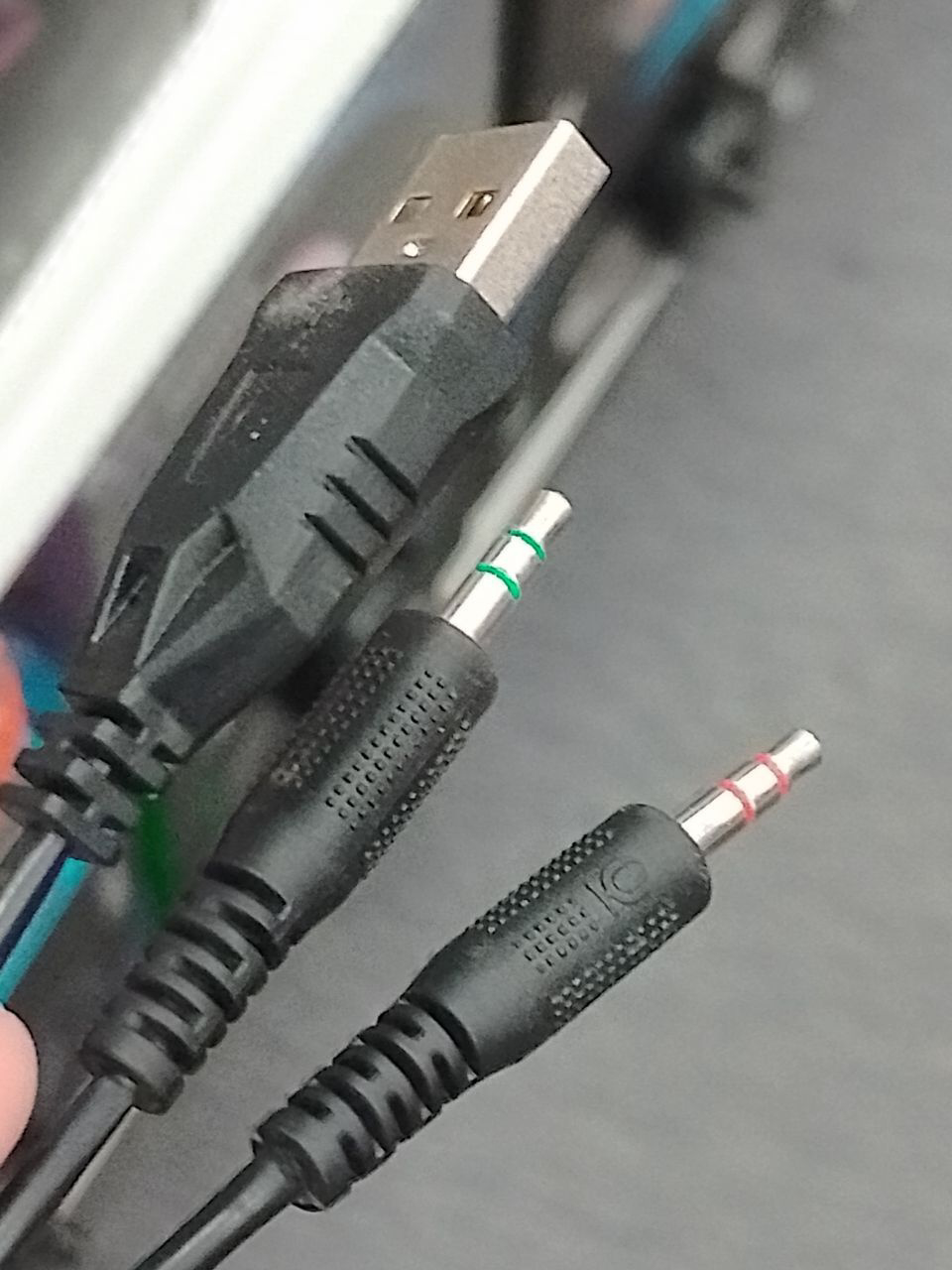69
you are viewing a single comment's thread
view the rest of the comments
view the rest of the comments
this post was submitted on 09 Dec 2023
69 points (100.0% liked)
Technology
40598 readers
225 users here now
A nice place to discuss rumors, happenings, innovations, and challenges in the technology sphere. We also welcome discussions on the intersections of technology and society. If it’s technological news or discussion of technology, it probably belongs here.
Remember the overriding ethos on Beehaw: Be(e) Nice. Each user you encounter here is a person, and should be treated with kindness (even if they’re wrong, or use a Linux distro you don’t like). Personal attacks will not be tolerated.
Subcommunities on Beehaw:
This community's icon was made by Aaron Schneider, under the CC-BY-NC-SA 4.0 license.
founded 3 years ago
MODERATORS

This is false. I suspect this myth came about because this is how magnetic audio tapes work (tape bias).
Dynamic microphones do not benefit from bias. They can tolerate a small amount but too much will burn them out (depending on their resistance & the voltage applied) or increase distortion (depending on the mechanical construction & how much the diaphragm is moved by the DC). Some dynamic mic units are built with capacitors in them to intentionally block bias voltages, preventing them from burning out.
I have never seen a datasheet or research paper showing improved dynamic mic performance due to DC offset. If it helped then a manufacturer would be recommending it in the datasheets (so they could claim better distortion & sensitivity specs).
Mics with in-built amplifier circuits require bias voltage to function. Many small "electret" modules contain jfet amps, you have to check the datasheet because they look identical to non-amplified versions on the outside. This is very common in small computer & headset mics. Some might work without bias, but they will sound poor because the amplifier circuit is not designed to work this way.
Condenser mics need some form of bias voltage to function at all. Electrets provide this themselves through some magic materials science that's similar to a battery that lasts for years/decades/centuries. The other types of condenser mic require you to apply an external bias voltage (aka "phantom power").
Magnetic audio tape suffers 'hysteresis' and nonlinearity which cause distortion of audio (especially quiet audio). Applying a bias voltage works around this problem. DC biases work, but high frequency AC ones are typically better.
I suspect the source of this myth is a confusion between the magnetics of tapes and the magnetics of dynamic mics. I think I recall a year 8/9 science class where I was taught that audio could be amplified slightly by putting a battery in series with a microphone and speaker. I failed to find any sources to support that at the time, but the teacher was adamant that this used to be a legitimate method. Perhaps if the coils were not glued properly in the speaker & mic? It was supposed to be a solution before the days of tube amplifiers but I think the true information turned into nonsense somewhere along the chain.
Resistance, capacitance and inductance are linear. They will affect all signals the same way, they will not only affect small signals.
To affect the small signals differently to the large signals you need nonlinear elements, like diodes and transistors. EDIT: there are also nonlinear capacitors and resistors, but they're from more exotic materials than what you find in standard headphone wires & mic designs.